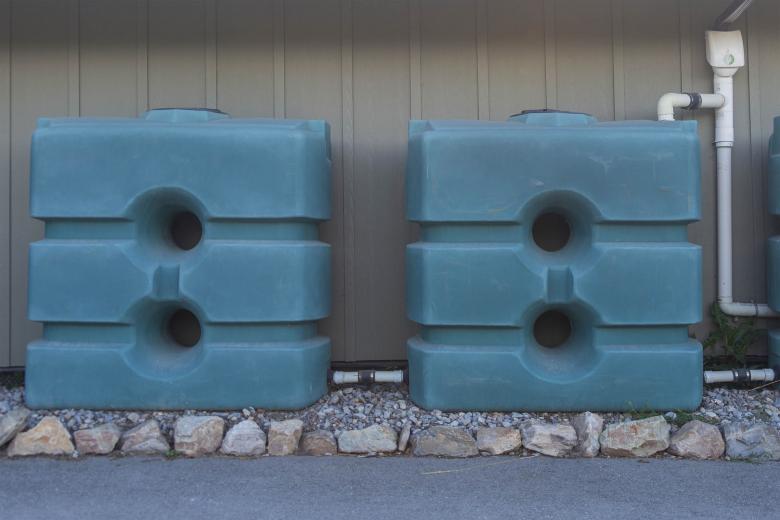If you live in an area which receives a lot of rainfall, there’s potential for you to save some money and play your part in easing the strain on the environment by harvesting rainwater for use around your home and garden. While the harvested water won’t usually be suitable for drinking, it can be easily used for watering your garden and lawn as well as topping up your pool. If your home is designed for it, you can also direct this water to your toilets for flushing.
Before you start harvesting rainwater, make sure that it is legal in your area. While this might sound bizarre, there are some areas which prohibit the private collection of rainwater.
Know Where You Want To Use It
Rainwater is generally clean and pure and can be good to drink if harvested correctly, problems emerge when it’s been running over your roof and through your gutters. While the harvested water may not look dirty, it’ll most likely taste terrible and will be filled with dirt and toxins from your roof tiles as well as the dirt and leaves which have collected on and around it.
The best use for rainwater is going to be in and around your garden, it’s great for watering your plants, filling your pool and washing your car. You’ll be surprised to find that you can save around 20-30% of your annual water bill by simply using rainwater in and around your garden. The untreated water is also better for your plants and is great for growing your own organic vegetables.
Depending on how your home has been piped up, you may even be able to pipe some of the water into one or two of your toilets or to your laundry area for use with your washing machine or laundry basin.
Get The Right Equipment
Getting the right equipment up-front is going to save you a whole lot of time and money down the line and make sure that your water is safe to use. For a simple rainwater collection system, you’ll need a collection surface (your roof), a storage tank or barrel and a hose or pump to distribute it.

Choose A Collection Surface (Roof)
Most people dive into this aspect head first and assume that you need to collect water from your entire roof. This is not necessary and you can actually harvest a fair amount of water from a single unobstructed side of your roof. In order to save money and complication when getting started, look for a single gutter downpipe which has the largest collection area on your roof, bearing in mind that some gutters may divert water from multiple roof surfaces. This will be the easiest place to simply divert your gutter into your tank without having to run long lengths of additional piping.
A single 90 square meter (1000 square feet) roof can supply around 2500 litres (660 gallons) of water off of 1 centimetre (0.5 inches) of rainfall.
You can also add a diverter onto your existing drains to re-direct used water to your storage tanks.
Pick The Right Collection Barrel
It may be tempting to use an old cheap container for water storage, but many of these may leach dangerous chemicals and toxins into your water. Get a barrel which has been purpose built for rainwater collection. You may even be able to find some second hand ones available online for much cheaper than new ones. Don’t underestimate the amount of water you use and how much can be collected in a single downpour, also make sure that your collection tank is adequately sized for your application. You’ll want to get at least a 2,000 litre tank to get started and you’ll probably find that a tank of 5,000 to 10,000 litres is more suitable for a medium sized garden.
Decide How To Use The Water
You’ll also need a system to get the water out of your tank. If you’re just going to be using it to water your plants with a watering can or bucket then you may be able to get away with a simple tap on your storage container, but if you want to have proper water pressure for an irrigation system, hose pipe or washing your vehicle, then you’ll need to get a booster pump as well. This pump essentially pumps the water from the tank into your water distribution system at a similar pressure to your main water supply and usually has an automatic switch to turn it on and off as water is needed.
Get Started With An All-in-1 Solution
If you’re keen to experiment with harvesting rainwater without having to source the individual components and put the system together yourself, there are a few all in one solutions which can simply be installed onto a gutter downpipe and they’re ready to be used. Have a look at these compact home water booster pump and tank solutions for some ideas. You can also pipe a larger storage tank directly onto your downpipe and then feed the water into the smaller tank in one of these solutions.
Have you tried harvesting rainwater for use around your home? Let us know what you’ve tried and how it has worked out for you in the comments section below. We would love to hear from you.

